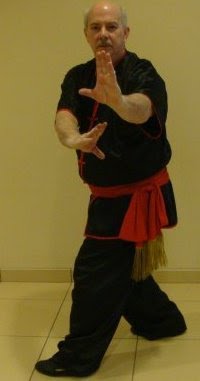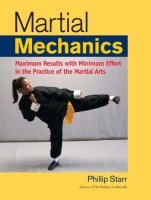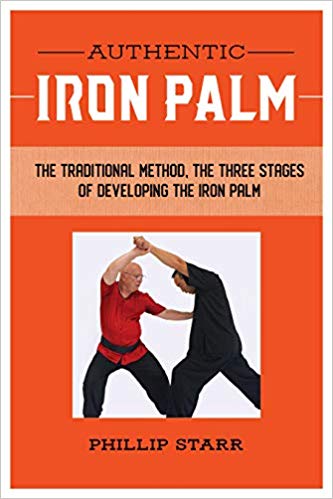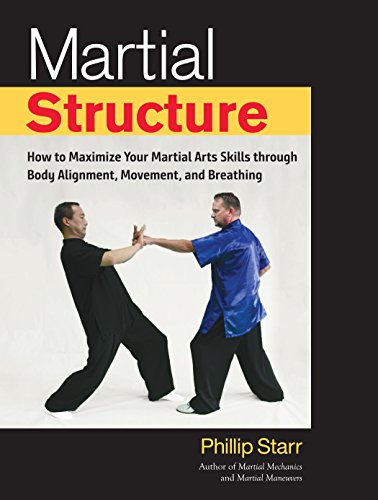Here's something to consider. Ask any practitioner of kung-fu, karate, jujutsu, or aikido why they practice their chosen martial art. Although some will tell you that they do it to stay fit, the vast majority will say that they train for reasons of self-defense. If you observe the classes in which they participate you'll see that the training is largely focused on practical applications of the various techniques to self-defense situations. Some training will feature very old and seemingly pointless practice, such as forms...but the instructor can quickly demonstrate how the movements of the various forms can be easily applied on the street.
Now, those of you who know me know that aside from my daily practice of Yiliquan, I also try to get in some time to practice iaido and kenjutsu. And I can see the look of confusion on some faces out there...why would the old man practice stuff like that?
Well, why would anybody?
I will probably not get up tomorrow morning, throw on a hakama, slip my katana into my obi (belt; sash), and saunter down the road looking to right society's wrongs and being a champion of the downtrodden like the samurai of feudal times. Nope. I will likely never (again) get into a sword fight or have to draw my blade and cut down some nasty enemy to intends to do me harm.
And it is for these very reasons that my practice of iaido is important to me!
Okay. Now I see even more confusion. Why would I practice a highly ritualized, moderately-paced art which has no obvious "street application?" The fact is that, because iaido has no modern self-defense applications it provides an ideal environment in which to refine my mind and spirit; to strengthen and discipline them.
Well, isn't this also done in kung-fu training? And karate, jujutsu, and aikido?
Although most martial arts which still retain practical self-defense applications are supposed to emphasize these qualities, the fact is that the majority of one's time is spent developing actual combative skills. This is jutsu.
In the practice of something like iaido, there is no concern about developing practical combat skill...because it's never going to happen. I'm never going to have to use my sword in battle. I can't even practice with a partner because in iaido training one uses a live blade. And this is the art's greatest attribute! ALL of my attention can be focused on refining my mind and spirit because I don't have to concern myself with the possibility that I'm ever going to have to use this art in combat. That is do.
Everything, from the standing position prior to bowing, to sitting (when my arthritis acts up, I practice standing), to inserting the sword into the belt to the draw and cut and blood cleaning and replacing the sword into the scabbard - everything must be done just so. It took some time to just learn how to tie the sageo (cord attached to the scabbard) to my belt!
I sit and relax and focus on correct breathing. I keep One-Point. I prepare to rise up and execute the draw...but, no. Spirit isn't right. Can't do it yet. Focus! Don't think about it. In trying NOT to think about it, I'm thinking about it...so it's not right. I can feel that it isn't right yet...
Focus. Relax. One-Point. Focus. Focus.
Zip! And it happens. The draw is complete. Rats. Cutting edge is off just a hair. OK. I still go through the formal, ritualized movements of completing the kata and replacing the sword in the scabbard...
Now let's try this again. Relax. Focus...
And so it goes, over and over. I think I can do the first kata known as Shohatto (mae) fairly well now. It's been a year since I started working on it. It looks like it consists of only a very few simple movements; come up to one knee and draw the blade out in a horizontal cut, then grasp it with both hands and advance one foot (still kneeling) and make an overhead cut. Stand up partway and perform the chiburi (blood cleaning) to sling the funk off the blade, then do a "change back" step and re-sheathe the sword. Keep zanshin and kneel back down. Sounds simple enough. And if you watch a master do it, it looks pretty basic. But like everything else in martial arts, it isn't. I practice the other kata but this first one has my full attention. It's the most basic one and has to be mastered before the others can really be done properly.
So I am a beginner again. But I know where I'm going and how to get there.
The refinement of mind and spirit gained from iaido practice is naturally carried over into my Yiliquan practice. This would no doubt horrify most, if not all, of my kung-fu counterparts...a kung-fu teacher practicing a Japanese martial art (especially involving the sword) to refine his kung-fu? Ridiculous! And heretical, too.
Yeah, well...I also practice a roundhouse kick (which is distinctly Japanese), eat sushi, and teach Japanese-style breakfalls. I've also borrowed techniques from Muay Thai, learned from fine Okinawan karate masters (as well as Japanese), and use a number of two-man qigong training exercises found in aikido.
So what? It all works. The object is to learn and develop skill.
There is a Japanese story that tells of two young samurai who were good friends. They were about to embark on their musha shugyo; the travels through which many young warriors took to develop and refine their skills. They agreed to meet on the bank of the river exactly twelve years later if they survived their quests.
Sure enough, on that same day twelve years later, the two men approached each other. However, they had approached the river on it's opposite side and it had flooded. One man made a spectacular leap which far exceeded the skill of even today's Olympic hopefuls. His great jump easily carried him over the swollen river. The other samurai walked downstream a distance and paid a boatman to ferry him across the water. What it took one man many years to develop was effectively accomplished by the other man for the price of five cents.
Similarly, if one is interested only in being able to defend oneself, why not purchase a firearm and obtain a permit to carry it? So, you have to first ensure that your training goals are worthwhile.
In the ancient art of iaijutsu, there is a saying that tells us, "Kachi wa saya no naka ni ari." So there.
For those whose Japanese is rusty, it means, "Victory comes while the sword is (still) in ths scabbard." Physical skills alone, no matter how refined and strong, are simply not enough. There is always someone who is stronger, someone who is faster, someone who has a better technique or dirty trick. Goliath had the advantage of strength but David had the advantage of spirit. Goliath figured he had this little Jewish kid in the bag but David was determined to win at all costs.
The higher purpose of iaijutsu (and its grandchild, iaido), is to foster the development of the mind and spirit of a warrior; an attitude and strength of character that wins the battle before it even begins. This is not easy to achieve and requires a great deal of training. Attitudes of jealousy, greed, anger, selfishness, and hate must be eliminated because they are counter-productive and self-destructive; they inhibit the development of real skill.
Another story relates how an iaijutsu teacher told his student to sit facing him. The young man did so and the instructor told him that he was to draw his sword as quickly as possible and attack with all of his strength and speed. The young man sat in front of the master and prepared to execute his fastest technique, but he could not. Every time he prepared to move, something held him back. He knew he would fail. Finally, he told his teacher that he could not do it; he could find no opening into which he could move. This is how one wins without emptying the scabbard.
Now, I'm not necessarily advocating that you begin the regular practice of iaido. But I hope you can glean something of value from this lecture and apply it to your training.














